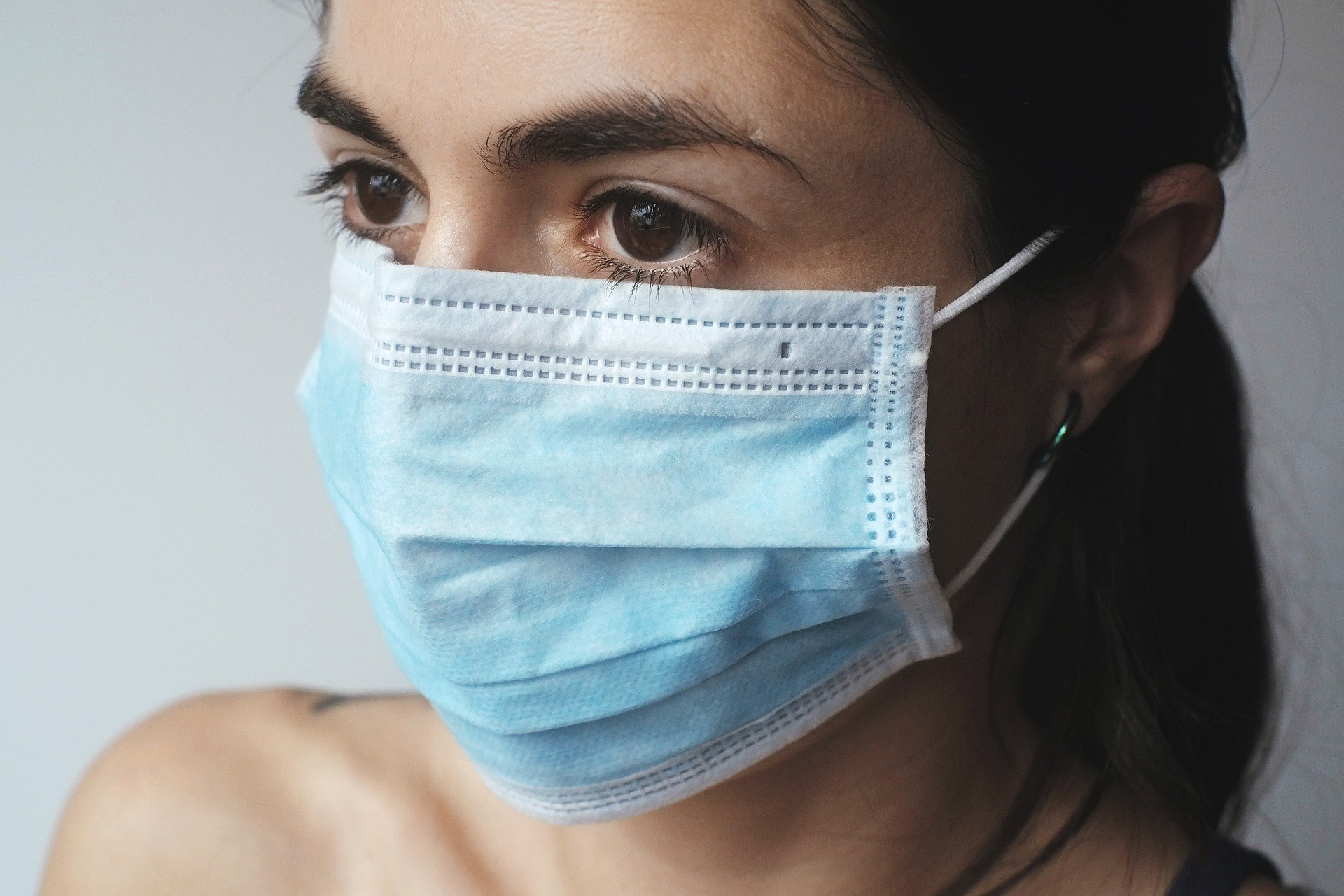At the start of 2020, the world panicked as cases of the Coronavirus disease (COVID-19) arose rapidly throughout the world, causing over 100 deaths in the U.S. alone. While COVID-19 has caused a pandemic, it originated from a larger family of relatively harmless viruses.
Named after their characteristic crown of peplomers (protein bound to a sugar molecule attached to viruses), coronaviruses are a family of Ribonucleic Acid (RNA) viruses that are transmitted among mammals and birds. They work by hijacking the cell’s organelles involved in cellular protein development (translation). After inducing receptor-mediated endocytosis and entering the cell, the virus’ sheds it outer layer and releases its genetic material (RNA) into the cytoplasm. The virus’ RNA , being similar to the RNA normally read to produce proteins (called mRNA), is able to make use of the protein-producing machinery within the cytoplasm and create unwanted proteins.
These proteins lead to the development of, depending on the patient, respiratory conditions such as cold, pneumonia, severe acute respiratory syndrome, cough, and difficulty breathing, as well as fever and kidney failure. From the family, seven have been transmitted to humans, three of which (SARS-CoV, MERS-CoV, and SARS-CoV-2) are lethal, and mainly attack the respiratory system. The other four are relatively harmless, causing common colds and fever to humans when infected.
Cornonaviruses are named after the crown of proteins shown under a transmission electron microscope.
Image Source: Callista Images
COVID-19 symptoms, normally show within 2 to 14 days after infection, initially involve fever, cough, and shortness of breath before progressing to pneumonia or organ failure in more extreme cases. COVID-19 is lethal, greatly endangering the elderly and people with pre-existing health conditions, such as diabetes or Hepatitis B. Once infected, SARS-CoV-2, the virus causing COVID-19, attacks the lung cells, resulting in dead cell and fluid build-up within the lungs and creates an ideal climate for other pathogens to infect. Responding to the virus and buildup, the body sends large numbers of immune cells into the lungs. However, this response becomes lethal when the body loses control, resulting in the start of a chemical pathway called a cytokine storm that damages the lungs and can lead to multi-organ failure. COVID-19 is highly contagious, spreading even before symptoms show by means of close proximity and respiratory fluids, and currently lacks a vaccine or antiviral to fight against it.
As COVID-19 threatens more people, proper hygiene and responsible judgment becomes increasingly important. Washing hands thoroughly, coughing into tissues, not touching the face, and remaining home are some of the measures the CDC recommends to handle the outbreak. Taking such precautions to ensure health can lead to lower chances of infection and save lives.










